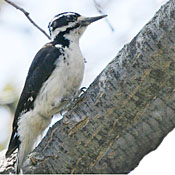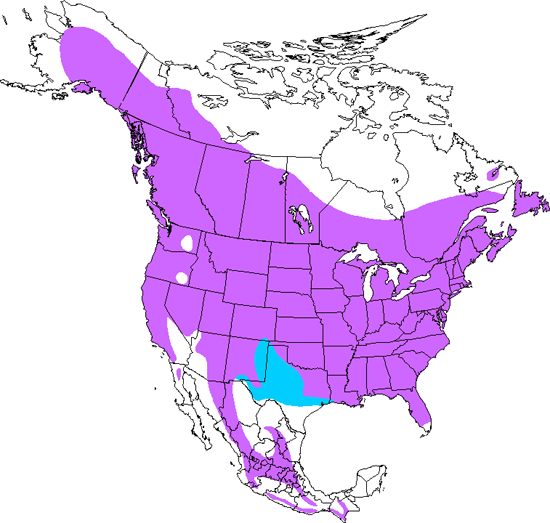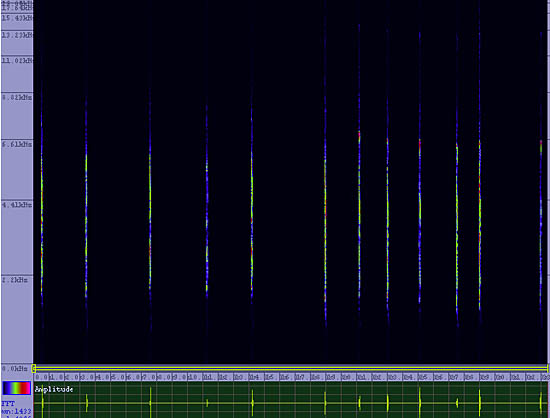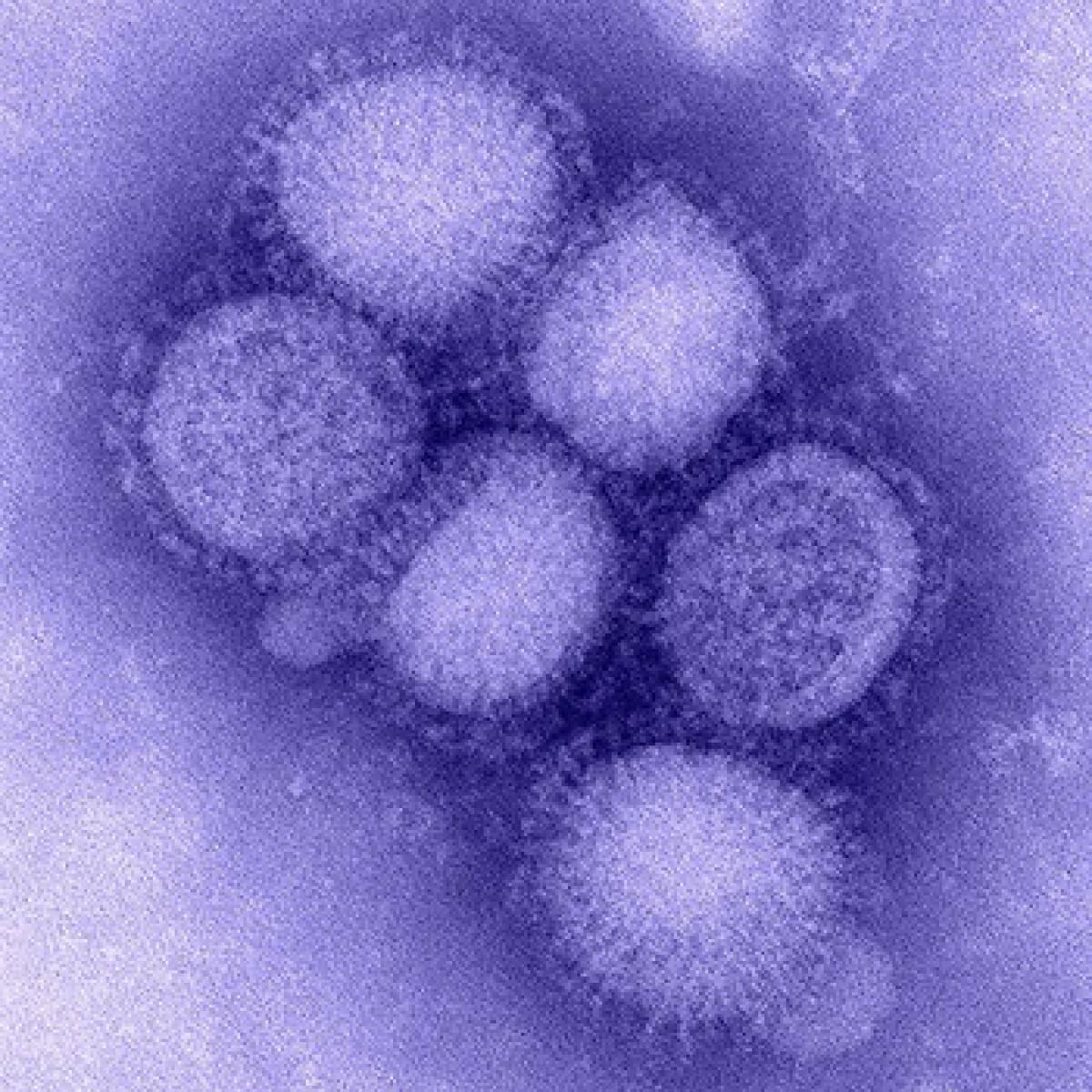Hairy Woodpecker
Picoides villosus

Tree Clinging
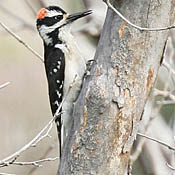
Length: 9 in. (24 cm )
Occurring in a wide range of forested habitats, pairs stay together all year round. The nest cavity is in either a broad-leafed or coniferous tree. Food is largely insects, but in the winter many seeds and nuts are also eaten.
The four-digit banding code is HAWO.
Bibliographic details:
- Article: Hairy Woodpecker
- Author(s): Dr. Biology
- Publisher: Arizona State University School of Life Sciences Ask A Biologist
- Site name: ASU - Ask A Biologist
- Date published: 13 Jul, 2017
- Date accessed:
- Link: https://askabiologist.asu.edu/activities/bird/hairy-woodpecker
APA Style
Dr. Biology. (Thu, 07/13/2017 - 15:37). Hairy Woodpecker. ASU - Ask A Biologist. Retrieved from https://askabiologist.asu.edu/activities/bird/hairy-woodpecker
Chicago Manual of Style
Dr. Biology. "Hairy Woodpecker". ASU - Ask A Biologist. 13 Jul 2017. https://askabiologist.asu.edu/activities/bird/hairy-woodpecker
Dr. Biology. "Hairy Woodpecker". ASU - Ask A Biologist. 13 Jul 2017. ASU - Ask A Biologist, Web. https://askabiologist.asu.edu/activities/bird/hairy-woodpecker
MLA 2017 Style
Be Part of
Ask A Biologist
By volunteering, or simply sending us feedback on the site. Scientists, teachers, writers, illustrators, and translators are all important to the program. If you are interested in helping with the website we have a Volunteers page to get the process started.

